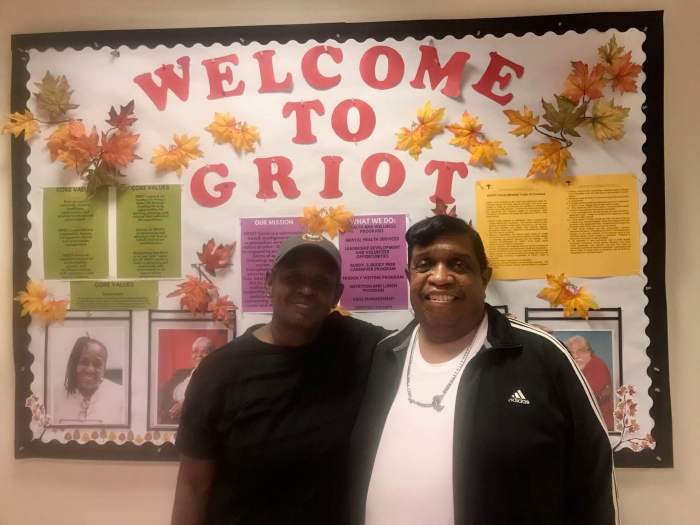By Kenneth Kowald
I remember when the New York Hall of Science was a dismal, forbidding place, where there seemed to be little chance of educating adults, let alone children, about science.About the only exhibit worth visiting was the Con Edison nuclear show, but I confess to a certain bias here.Then Alan J. Friedman became director of the New York Hall of Science and almost immediately the tone and direction of the place changed. Now, after 20 years on the job and 10 of them working hard to get the space and design needed to make the New York Hall of Science a destination location, Dr. Friedman can boast of a facility which is twice the original size, but, more importantly, which makes you want to go to the Hall of Science often and spend some time there.I was privileged to attend a preview reception for what is called the New New York Hall of Science in November. It was a revelation.There are now 50,000 square feet of exhibition space and the place is packed with more than 400 interactive exhibits on biology, chemistry and physics. It really is not enough to make just one visit. To see it all and experience it all, several visits are in order. I joined hundreds of others at the preview in roaming about and marveling at all the new and exciting spaces. Even before this beautiful, light-filled addition was opened, the Hall of Science was host to well over a quarter of a million visitors a year, about 140,000 of them children. More than 2,000 teachers are trained there each year, in cooperation with area colleges, the United Federation of Teachers and New York City public and private school districts. New teaching areas are part of the addition.The Hall of Science's Career Ladder program recruits, trains and employs the next generation science, technology and education force. Career Ladder is especially important for minorities and women, who are underrepresented in these fields. There are more than 1,800 young people who have graduated in this program and more than 60 per cent are engaged in these careers.The Hall of Science is New York City's only hands-on science and technology center. It was justly praised the night of the preview, not only by Chancellor Joel Klein of the New York City Department of Education, but by Richard P. Mills, Commissioner of the New York State Department of Education as well.While in this wonderful place, you can use the Internet to arm wrestle somewhere on the other side of the world; you can find out what a meteorite smells like and you can watch a golden orb spider weave its web, among many other things.Even the Rocket Park, a holdover from the 1964-1965 World's Fair, has been spruced up.The Hall of Science and the Queens Botanical Garden are now part of a new program, Urban Advantage, together with five other city science-oriented institutions. During the next three years, more than 70,000 eighth-grade students will be able to visit these sites and take advantage of the incomparable learning experiences to be had in them. Let us hope that this will help our city overcome what many have called “the crisis in science education,” which has placed our country far down on the list of nations in this vital area.If you want to find out about the many programs at the New York Hall of Science, call 718-699-0005.The Hall of Science will have more new additions this year: The city's Economic Development Corporation plans to install solar energy panels at the hall, as part of the city's continuing efforts to reduce reliance on polluting energy sources.In all, this is another gem in our midst. Dr. Friedman, his staff, the board of trustees and all who had a hand in making this happen are owed a great cheer from all of us in Queens and around New York City. Hooray!Update: Since my Feb. 17 column about the abandoned Rockaway Spur of the Long Island Railroad, I have learned that the property is part of the city's 1993 greenway master plan. In addition, the Department of City Planning has federal funding to study converting the line to a biking and walking path that would connect to the Forest Park and Shore Parkway greenways as well as to subway, bus and commuter rail stations. I am indebted to Transportation Alternatives for this information.

































